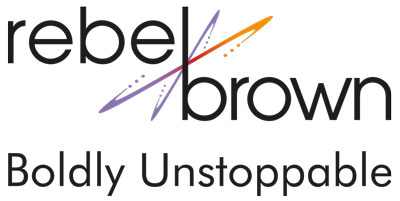On Wednesday we chatted about the unconscious mindware that directs we humans to avoid change. Now let’s focus on how we can lead successful and inspired change in ourselves and our organizations.
The Density of Attention
Neuroscience teaches us that when we apply our attention to a specific process or belief, over time our unconscious mind will install a new mindware program that automates that process, belief or thought pattern. This is called attention density.
Just as we change a habit through focus and repetition over time, we can apply attention density to bypass our aversion to change and shift. How? By focusing on the change itself in a positive and proactive way. That’s what NeuroBusiness helps us do in our business world.
Solutions, Questions and Focus
If our unconscious mind sends an error message every time we focus on change, how can we positively focus our attention on it? That’s a good question. The key is to distract our uncconscious mindware so that we can focus on the change.
Here are three ways to manage our unconscious.
1) Make the expected unsafe or uncomfortable.
Our mind sends an error message because the potential change doesn’t match our expectation, which is based on our previous mindware, usually the status quo way we’ve always thought about it or done it. The first step in eliciting change is to make that older expectation unsafe. That doesn’t mean scaring people to death. You’ll only create more fear and resistance to change.
Instead, go indirect. For example, in business you can point out how other competitors are shifting their approach making the status quo old news. This approach utilizes the herd instinct to pull people into the change and away from the current expectation. You could also share how the market is shifting, point out new trends and information that imply it’s time to shift to a better way.
By making the status quo unsafe or less than desirable, we unhook it as a safe option, opening our unconscious mind to alternatives.
2) Focus on the solution.
Since our unconscious mind is programmed to focus on the problems, we naturally focus on the issues in our business that are causing the need for change. We now know that approach simply presents more threats to those resisting the change, and fuels the unconscious threat response that started the resistance to change in the first place.
Instead, focus on the upside and solutions that result from the change. Paint a clear picture of the opportunity, the benefits and the promise of the change. By focusing attention on the upside of the change, we direct the attention needed to create the desired mind shift.
3) Ask questions instead of making statements.
We’ve all had people force change down our throat by telling us what we’ll do. It didn’t feel good, now did it?
Instead, ask people to provide their ideas for how they can change their own work or thought process to synchronize with the direction of the change. This allows them to feel involved and respected.
More importantly, when people create a new idea, our minds send out a blast of energy across our neural networks that makes us feel energized and excited. This excitement creates motivation for our unconscious mind to create a new program that encompasses the source of the energy blast.
By empowering people to create that new idea and then enjoy that energy blast, we can accelerate our unconscious mind’s shift creation of new mindware.
The Bottom Line
People don’t consciously resist change. Our unconscious minds trigger that resistance through an instinctual, neurological process.
As leaders we can choose how to create change. We can take the traditional route and force people into change, running the risk of exacerbating the threat response.
Or we can leverage the inner workings of our unconscious minds to inspire and motivate our teams to move toward that change.
How can you change your approach to lead inspired change?






